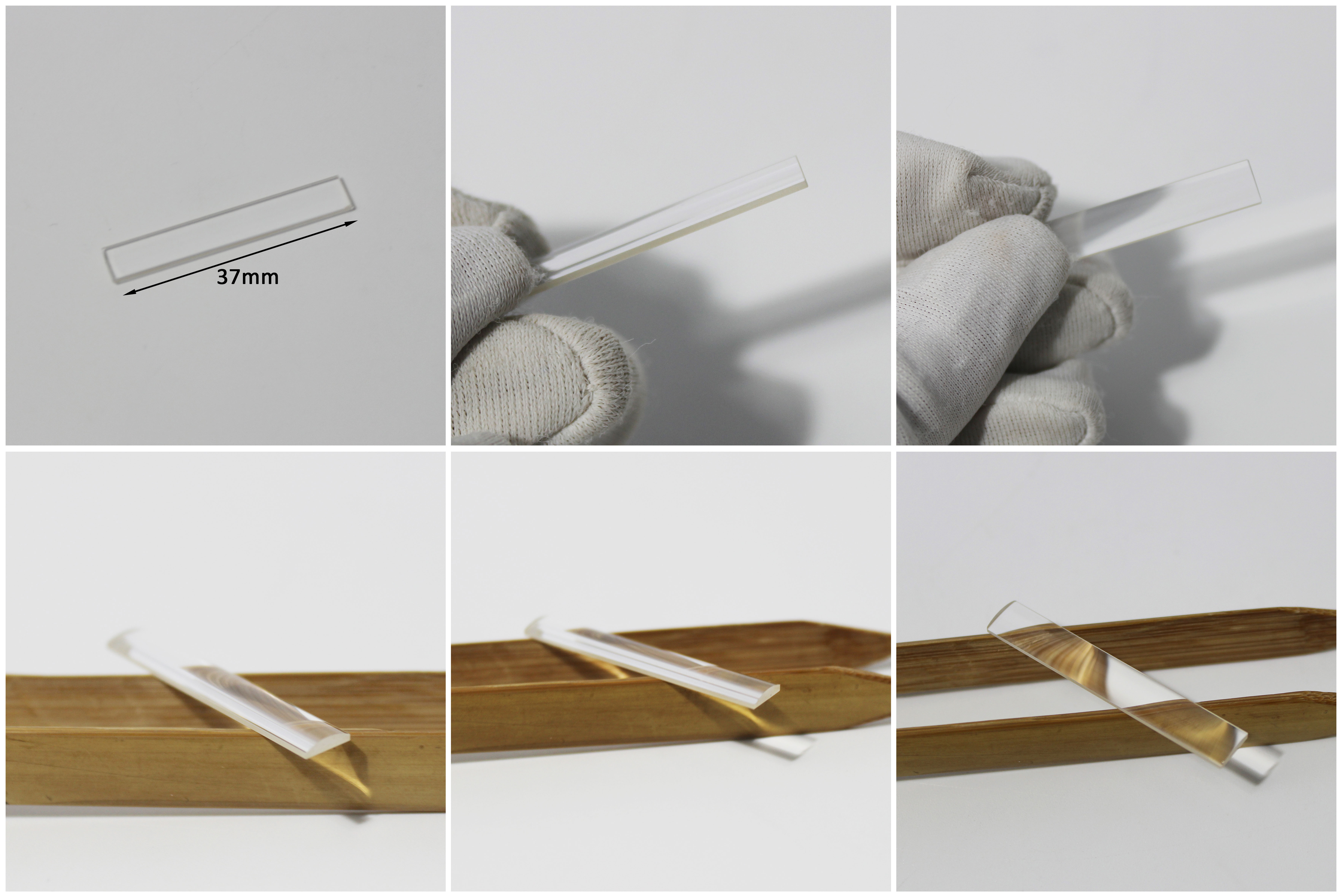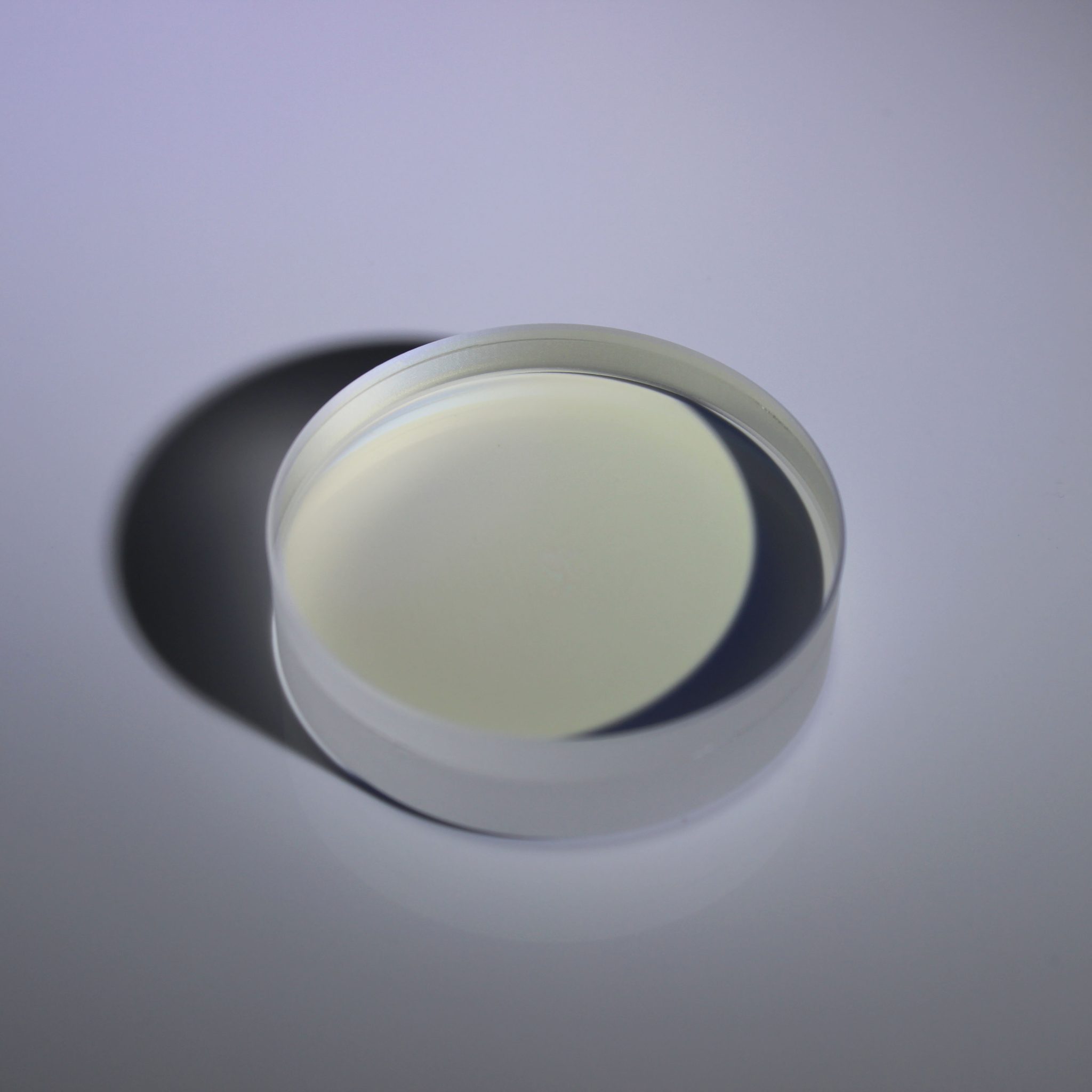What is Cylindrical Lens?
Cylindrical lenses is a lens which focuses light into a line instead of a point, as a spherical lens would. The curved face or faces of a cylindrical lens are sections of a cylinder, and focus the image passing through it into a line parallel to intersection of the surface of the lens and a plane tangent to it along the cylinder’s axis. The lens converges or diverges the image in the direction perpendicular to this line, and leaves it unaltered in the direction parallel to its cylinder’s axis.
A toric lens combines the effect of a cylindrical lens with that of an ordinary spherical lens.
Design principle of Optical Cylindrical lens
Optical Cylindrical lenses are designed to focus light into a straight line, rather than to a single point. As the name suggests, the lens surface has a cylindrical shape rather than the usual spherical which allows for one dimensional shaping of light along a line. Cylindrical lenses are typically either plano-concave or plano-convex, designed to expand and focus light respectively, and can be supplied in either diameter or rectangular shape for ease of mounting.
Types of cylindrical lenses

Pictures of UV Fused Silica Plano Convex Cylindrical Lens

Video of Plano Convex Cylindrical Lens
The optical glass cylindrical lenses specification
| Material | UV Fused Silica |
| Length | 100mm |
| Width | 25.4mm |
| Flatness | λ/2 |
Cylindrical lens from
VY Optics offers a wide variety of Cylindrical Lenses in a range of substrates or anti-reflection coatings for maximum performance in the Ultraviolet (UV), Visible, or Infrared (IR).
Anti-reflection coatings include UV-AR, UV Fused Silica or Calcium Fluoride (CaF2) substrates are also available for additional performance in the Ultraviolet (UV) or Infrared (IR)
spectrums.
UF Fused Silica Double-Convex Lenses are ideal for close conjugate imaging systems utilizing Ultraviolet (UV) illumination.
Calcium Fluoride (CaF2) offers a very wide transmission range of 350nm – 7μm.

Cylindrical lens Normal Precision and Limit Precision
(Material BK7, Fused Silica, SF11,B270,Sapphire, CaF2 etc. all can be customized.)
| Specification | Normal Precision | Limit Precision |
| Dimension Tolerance | +/-0.1mm | +/-0.001mm |
| Thickness Tolerance | +/-0.1mm | +/-0.001mm |
| Scratch-Dig | 80/50 | 10/5 |
| Surface Flatness | λ | λ/20 |
| Clear Aperture | 90% | 99% or better |
People Also Ask
- What is the difference between spherical lenses and cylindrical lenses?
A spherical lens focuses a beam of light at a single point for viewing. A cylindrical lens, by contrast, focuses light on a single line. This change occurs because the light is focused at
different points, depending on where on the axis it enters the lens. - What is the advantage of cylindrical lens?
Cylindrical lenses correct astigmatism by focusing light on only one plane, compensating for the difference in refraction in the two planes and aligning them. - What shape glasses are best for astigmatism?
Due to the irregular shape of the cornea, astigmatic glasses require cylindrical lenses rather than spherical lenses.












